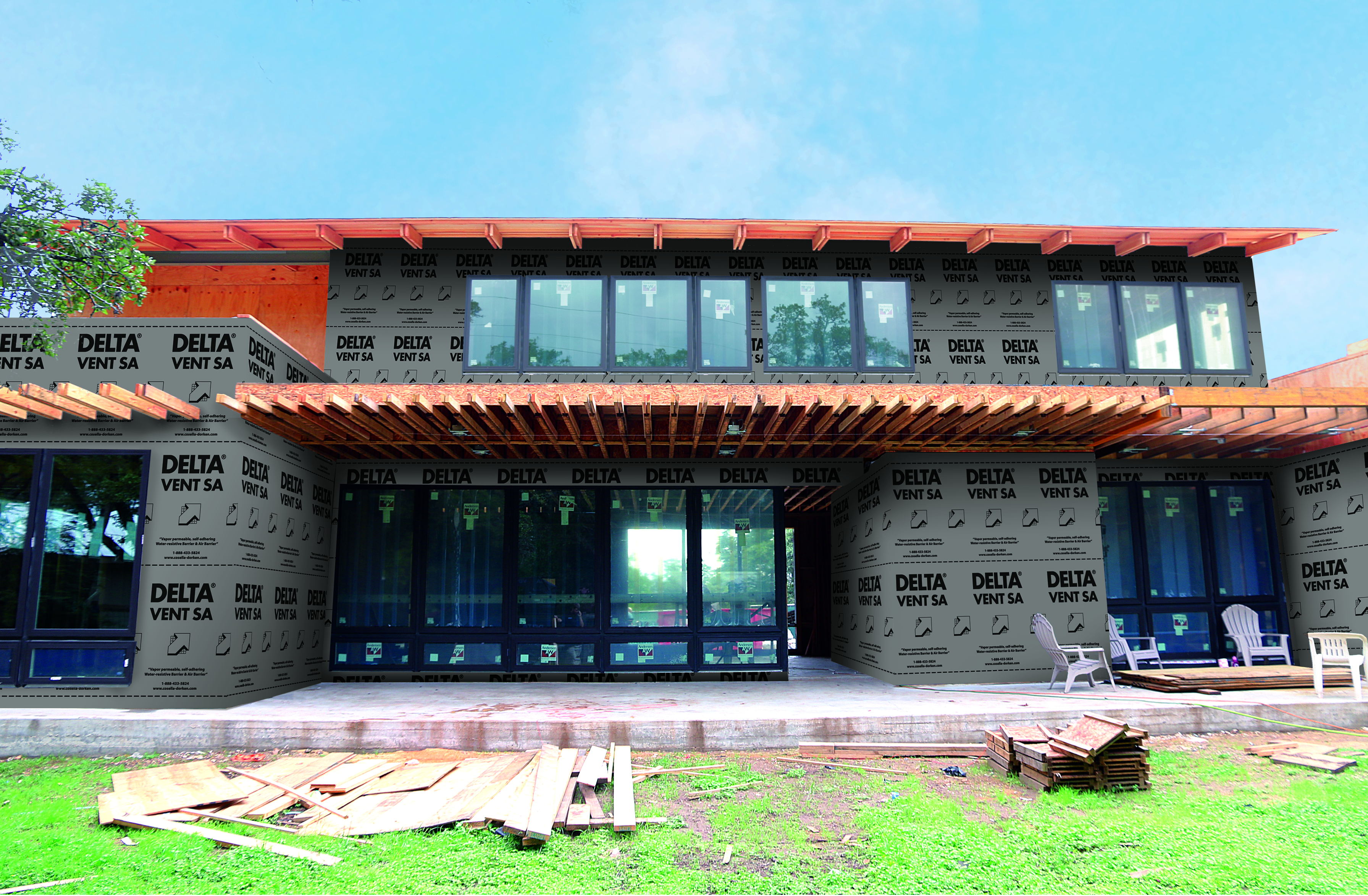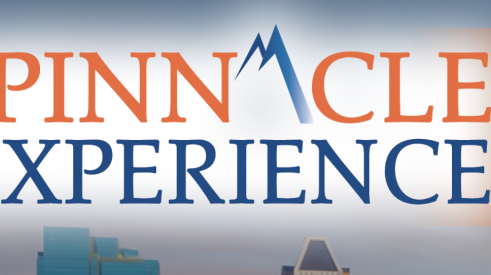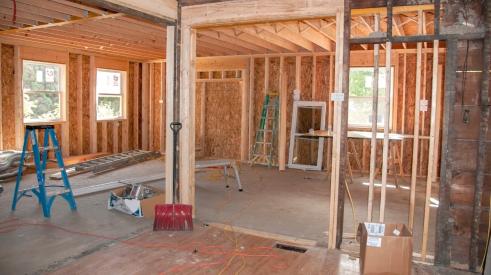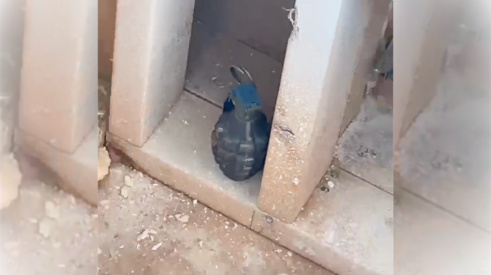In the Internet age, homeowners are taking greater strides to educate themselves on how to improve the comfort of their home, and hopefully save some money in the process. More often than not, this research leads to conversations about energy efficiency.
While it’s difficult to point to any one element of the home as more important to energy efficiency, most experts agree that a good weather-resistant barrier can go a long way. Acting as a membrane around the home, housewraps help seal the building envelope against air and moisture intrusion. “The idea is you’re controlling how much, where, and when the air moves in and out of the building,” says Peter Barrett, product manager for Cosella-Dorken.
This does a few things for homes and their owners, starting with increasing the comfort level and indoor-air quality of the house. Housewraps are designed to fill the “holes” in the building envelope where thermal bridging can occur, reducing the number of air changes per hour (ACH). By reducing ACH, the indoor temperature stays consistent, which in turn means the HVAC system doesn’t have to work as hard. Reduced use of heating and cooling systems can save as much as 40 percent in home energy use, according to Alan Hubbell, marketing manager, residential building envelope, DuPont Building Innovations.
RESOURCES
Alpha Protech
Benjamin Obdyke
CertainTeed
Cosella-Dorken
Dow Chemical
DuPont
IPG
James Hardie Building Products
Owens Corning
Pactiv
Quality Craft/Durabuild
Tremco
Typar
The other energy-related aspect of housewraps is that they help regulate the amount of air-based moisture that travels in and out of the home, which according to Barrett can be up to 2,000 times as much as through diffusion. If the water can’t pass through walls as easily, it can get trapped there, eventually leading to mold, mildew, and rotting inside the wall.
So whether they’re keeping the HVAC off or protecting the integrity of the walls, housewraps can ultimately go a long way toward saving a homeowner’s hard-earned money.
“Reducing the amount of energy that a homeowner has to pay for on a monthly basis gives [them] the opportunity to do other things with that cash,” says Tom Cullivan, national marketing manager for Tremco Barrier Solutions.
It’s difficult to say exactly how much a homeowner can save from a good housewrap, as it largely depends on how the owner uses the house. However, according to Cullivan, reducing the number of air changes per hour can have an impact on the home’s score on the HERS (Home Energy Rating System) Index, which can translate into monetary savings very easily.
Ultimately, says Cullivan, “Homeowners are looking for something better than they had before, and they want to increase the comfort and durability of their home.”
All shapes and sizes
So where do remodelers start when trying to choose a housewrap that’s right for their project? It all depends on how high-performing the product needs to be. Some of the lower-cost housewraps include perforated plastic wraps and various woven products. The thing to be careful of with these products, however, is they generally sacrifice some water holdout capability compared to other materials.
Tara Murray, marketing manager for Benjamin Obdyke, says it’s important to determine whether your housewrap is a woven or non-woven product, as the difference is significant. “With a woven product, you can actually see the strands of fibers woven together when you’re looking at the wrap,” she says. “A lot of times they don’t have the water holdout criteria [of other wraps].” In addition, says Murray, many woven products have an exterior coating to improve water holdout, but that the coating can be compromised very easily if the wrap is damaged.
Non-woven housewraps are generally higher-quality with greater durability—which also puts them in a higher price range, she adds.
Self-adhering housewraps
The majority of housewraps require some sort of mechanical installation and/or fasteners in order to work properly. Following the installation instructions is of paramount importance—but manufacturers warn that sometimes even it won’t make a difference, as any fasteners or nails can potentially create holes in the wrap where thermal bridging can occur.
That’s why several manufacturers are now introducing self-adhering housewraps that stick directly to the wall. This offers a few key advantages beyond the elimination of potentially hundreds of water and air leakage points, according to Barrett. “By getting a full bond with the substrate, as pressures change around the building, you don’t get that billowing or pumping action that can move air and moisture around the building,” he says.
Drainage wraps
For those especially concerned with keeping moisture out of their walls, a new housewrap category has emerged recently and continues to see significant growth.
Drainage wraps, as most manufacturers call them, are designed to leave a gap between the wrap and the sheathing; this extra space leaves more room for excess moisture to run out of the wall. “When water gets in [the wall], if it’s tight against the building wrap, it can adversely affect the cladding and the wall,” Barrett says.
Contrary to what homeowners may think, he adds, sunlight can also make the moisture situation inside the wall worse rather than drying things out. “Exposure to sunlight will actually drive [moisture] back into the wall because it creates an area of high pressure, which will push it back toward the area of low pressure inside the house.”
Murray has certainly seen an increased interest in drainage wraps from homeowners. “They’re either doing a remodeling project and they’ve seen the damage as they’re pulling their siding, or they’re seeing the mold and moisture eating up their OSB (oriented strand board),” she says.
“We’ve actually seen homeowners buy a product and give it to their contractors, even if their contractors have never used it before.”
Keep to the code
Whichever housewrap material they end up using, remodelers need to remain vigilant in keeping up with constantly evolving building and energy codes—many of which have really started to up the ante on required home performance.
“In general, building codes are requiring much tighter, more energy-efficient homes,” Cullivan says, noting that now many are requiring housewraps (or some kind of weather-resistant barrier) depending on the location of the home.
Murray notes that some of the previously mentioned push toward drainage wraps is the result of code updates. “Housewrap has been in the codes for a while now, but you’re starting to see more emphasis shift to drainage,” she says. Canada, in particular, she notes, has taken a fairly aggressive stance on drainage, requiring full rainscreens with a 10-millimeter space between the siding and the weather-resistant barrier.
Murray notes that Oregon and other U.S. states have considered adopting similar codes, “but ultimately it really increases the cost because you have to build out the trim details, and it really affects building practice in general.”
Stay ahead of the curve
With so many different housewrap options on the market, there’s really only one way for remodelers to ensure they’re delivering the best fit for homeowners.
“Educate, educate, educate,” Hubbell says. “There’s a lot to learn in the world of housewraps and it’s rapidly changing.” Online sources are often the best way to keep up with the rapid change of pace, whether they’re offered through manufacturers, industry associations, or other parties.
For Cullivan, talking to manufacturers is still the best place to get reliable, up-to-date product information. “You want to look at manufacturers that have a history of providing high-performance products to the marketplace,” he says.
Barrett stresses the importance of knowing proper installation to keep housewraps in tip-top shape. “No matter what air barrier they select, the critical part of the work is in the details,” he says. “Because it’s in the details where material success or failure will be.”
Murray sums it up by noting the changing playing field in the remodeler-homeowner relationship—if you don’t ask the big questions upfront, they will.
“A lot of the big-production builds that were going on at the height of the market were not necessarily building with these considerations in mind, so we’re seeing failures at eight-to-ten years out,” she says, “and there’s enough buzz that it’s becoming a concern.
“So people know enough to ask those questions when they’re buying homes,” she adds. “Having the conversation is important because it protects your reputation, too.” PR
Housewraps are the best resource for keeping a home warm and dry—and saving money in the process.
Add new comment
Related Stories
Power Home Remodeling Now Offers Subsidized Childcare
The home improvement giant's move seeks to address a greater industry issue
Contractor Facing Lawsuit in ‘Major Case’ by Ohio Attorney General
An Ohio custom builder and remodeler faces a lawsuit after alleged losses exceeding $1 million
Learn from the Best in Home Improvement and Remodeling
This year’s Pinnacle Experience aims to help remodelers stay ahead of their competitors by featuring captivating keynote speakers and subject matter experts, collaborative roundtable discussions, and networking with proven players from across the country.
Registration Open for The Pinnacle Experience 2024
Register today for The Pinnacle Experience 2024 in Baltimore from June 26-28. Join the best and brightest in home improvement and remodeling for insight, advice, and relationship-building that will help you take your business to new heights.
Marvin Releases Switchable Privacy Glass Window
The privacy glass windows can be purchased from Marvin's Direct Glaze windows
Gas Ban in New Construction Considered by Chicago
The mayor-backed ordinance would impact all new construction
Working Toward Affordable, Resilient Homes
A new natural disaster protection act from NAHB aims to support hazard mitigation projects
The Remodeling Market Could Turn in Q4, Says Harvard
Repair and remodeling spending could see an uptick at the end of the year
Seattle Contractor Finds Grenade During Remodel
Polar Bear Construction Owner Vadim Kharkhavyy and the owner were equally shocked
New Independent Contractor Rule Faces Lawsuit
The Department of Labor submitted new criterion to judge when classifying workers












